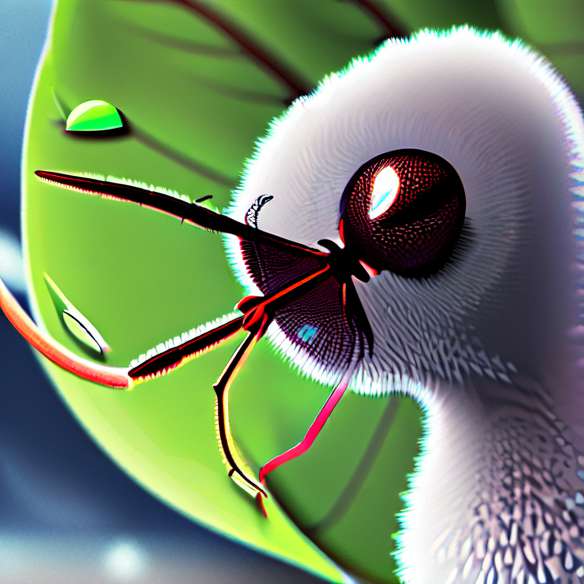All about malaria

According to WHO, malaria kills between 1 and 3 million people a year, mostly children, it has no vaccine to date, hence the need to take many precautions before you go to particularly disadvantaged tropical areas of Africa, Latin America or Asia.
Anopheles, which is a female mosquito, is the vector of this disease. He himself has been contaminated by a malarious subject, he is going to sting the man by injecting him with the parasite in the form of "sporozoite" which will quickly spread in the body through the blood. In one case only, the human being can be a vector of malaria, when the woman is pregnant, she transmits the disease to his child by the placenta.
The incubation time of the disease is very fast. The first symptoms appear between 8 and 30 days after the bite: a high fever is declared sometimes accompanied by headaches, muscle aches, weakness, dizziness, diarrhea or coughing ...
During the malaria attacks, alternating cycles of fever, tremor with cold sweats and heavy sweating.
Other possible symptoms: disorders of consciousness are observed, kidney functions are affected and sometimes the complexion turns yellow ...
Malaria results in a burst of red blood cells and causes a state of anemia in the sick subject. Sometimes these globules can block the blood vessels of the brain, it is the cerebral malaria that can be fatal.
Can to prevent malaria? Several anti-malarial treatments based on quinine or chloroquine can be used in prevention before a risky trip. Mefloquine is used in areas where parasites are resistant to the molecules mentioned.
Our advice
Pregnant women are not advised to go to a risk zone. For other people, it is better to be armed with mosquito nets and long clothes as well as repellents ...
Anopheles, which is a female mosquito, is the vector of this disease. He himself has been contaminated by a malarious subject, he is going to sting the man by injecting him with the parasite in the form of "sporozoite" which will quickly spread in the body through the blood. In one case only, the human being can be a vector of malaria, when the woman is pregnant, she transmits the disease to his child by the placenta.
The incubation time of the disease is very fast. The first symptoms appear between 8 and 30 days after the bite: a high fever is declared sometimes accompanied by headaches, muscle aches, weakness, dizziness, diarrhea or coughing ...
During the malaria attacks, alternating cycles of fever, tremor with cold sweats and heavy sweating.
Other possible symptoms: disorders of consciousness are observed, kidney functions are affected and sometimes the complexion turns yellow ...
Malaria results in a burst of red blood cells and causes a state of anemia in the sick subject. Sometimes these globules can block the blood vessels of the brain, it is the cerebral malaria that can be fatal.
Can to prevent malaria? Several anti-malarial treatments based on quinine or chloroquine can be used in prevention before a risky trip. Mefloquine is used in areas where parasites are resistant to the molecules mentioned.
Our advice
Pregnant women are not advised to go to a risk zone. For other people, it is better to be armed with mosquito nets and long clothes as well as repellents ...








